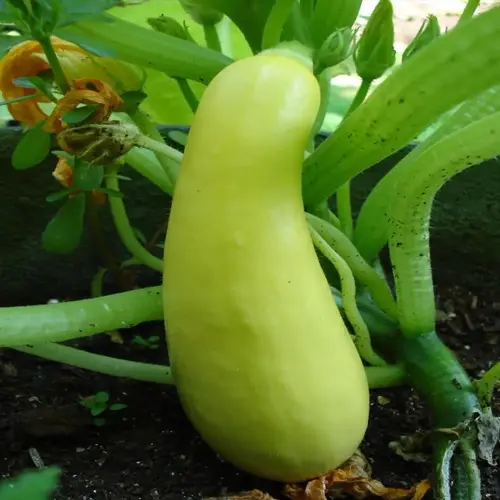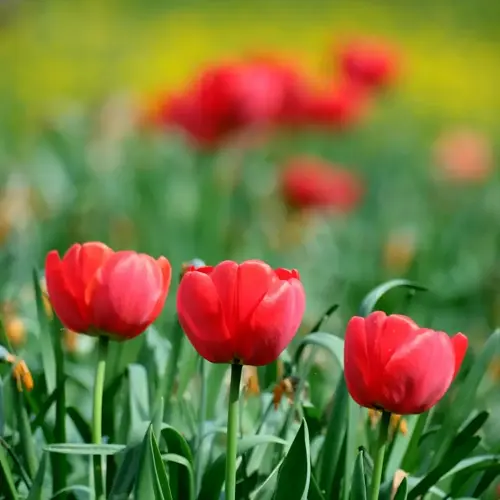How does elevation affect planting times?

Written by
Michael Sullivan
Reviewed by
Prof. Samuel Fitzgerald, Ph.D.Elevation changes planting timing due to colder temperatures and delayed seasons. I saw this firsthand when my mountain cabin garden flowers 6 weeks after my valley plot. For every 2 weeks per 1,000 ft (300m) of elevation, add to standard planting dates. Higher elevations lead to shorter growing seasons and later frosts, and will require careful timing of planting seedlings.
Temperature Shifts
- Temperature drops 3-5°F per 1,000 ft elevation rise
- Frost dates delay 1-2 weeks per 1,000 ft gain
- Soil warms 50% slower than lowland areas
- Growing seasons shorten 3 weeks per 1,000 ft
Adaptation Strategies
- Use cold frames to extend seasons by 4-6 weeks
- Select alpine-tolerant varieties like columbine
- Build south-facing terraced beds for warmth
- Employ row covers during unexpected cold snaps
Select alpine-tolerant varieties resized for mountain region use. My top 3 are columbines primroses, and campanulas. These types can tolerate temperature shifts and shorter growing seasons. Heat-loving plants, such as zinnias, are best avoided above 2,500 feet. Work with natives acclimated to your elevation challenges.
Utilize season extension tools properly. In my 3,000-square-foot garden, I utilize cold frames to extend the growing season by an extra six weeks. Setting them on south-facing slopes optimizes the sun. Use double-layer row covers to protect against spring frosts. Build rock walls that radiate stored heat overnight to preserve delicate plants.
Monitor microclimate variations according to elevation. South-facing slopes warm more quickly than north-facing slopes. Valley bottoms trap cold air and form frost pockets. My sunniest terrace has a 10-day advantage over shaded terraces at the same elevation. Utilize wireless sensors to benchmark these complexities precisely.
Integrate NOAA data with hyperlocal observations. Can you compare base elevation forecasts to your real-world conditions? I daily log soil temperatures at various elevations. Plant based on the 2-week rule per 1,000 ft, then refine using assessments of on-site conditions.
Read the full article: When to Plant Flowers: Month-by-Month Guide

